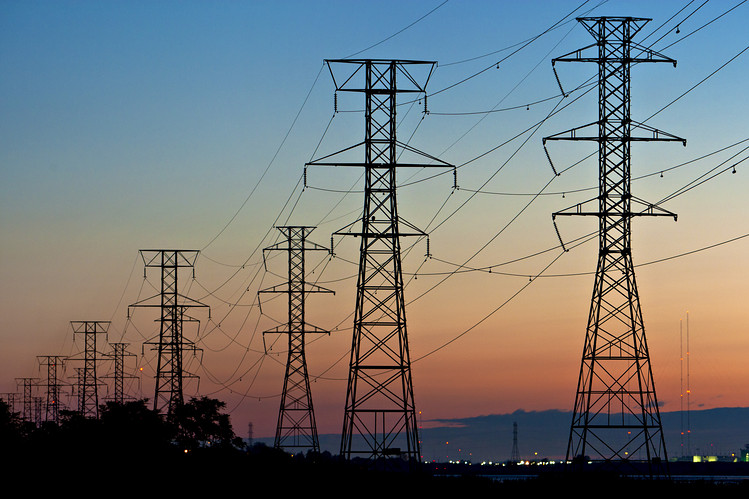ALL railroad freight to potentially halt on July 18 due to national “labor strike”
07/12/2022 / By Ethan Huff

Everything that moves by train in this country could be stopped in its tracks come July 18.
Unless the nation’s largest railroads come to some kind of agreement concerning their labor contracts, thousands of rail workers are slated to walk off the job in protest.
If that happens, there will be no more animal feed shipments, no more fuel getting from point A to point B, and no more anything that normally gets delivered via rail.
Union officials say they do not want to go on strike, but are being forced to do so in an effect to keep wages and benefits up to snuff, especially in the current inflationary and staff shortage environment.
According to reports, the rail unions have been working without a contract since July 1, 2019.
After failing to reach an agreement about one through the National Mediation Board, both sides were told to take a 30-day “cooling off period.” That period prevents unions from striking and railroads from locking out their workers while negotiations continue.
That period also ends in less than a week, and many unions, including the Sheet Metal Air Rail Transportation (SMART) union, are ready to strike.
If railroaders walk off the job next week, then what?
Fake president Joe Biden has the power to stop that from happening by appointing a three-member emergency board to investigate the situation and make recommendations to both sides.
The Railway Labor Act contains special provisions for these kinds of disputes, but they require an intervention by the White House.
“The union is not allowed to strike during the Presidential Emergency Board’s investigation,” reports explain.
A letter from SMART president Jeremy Ferguson reveals that the two main issues are wages and benefits. The railroads have proposed a 16 percent pay raise over a five-year period while the unions are pushing for a 36 percent increase, which accounts for inflation, productivity decreases, and increased demand for shipping ever since the Wuhan coronavirus (Covid-19) plandemic began.
While railroaders typically get paid what many would consider to be decent wages already, one must keep in mind the long, grueling hours they work as well as time spent away from family.
It is not a job that many are willing to do, which is why it pays more. But it no longer pays enough for many railroaders to continue doing it, at least not to the standards necessary.
Responding to the 36 percent pay increase request, the railroads were critical of the unions, claiming they used “the highest available consumer inflationary measure” to come up with this numbers.
Instead, the railroads would prefer a pay scale based on “benchmarks in the relevant labor market.”
As for health benefits, the railroads want union workers to contribute more of their own money out of pocket rather than expect higher coverage. A trade group claims most railroad workers pay less than the national average for health care.
There are also efforts to do away with the conductor position on trains, leaving the task up to just an engineer.
“Rail carriers have proposed doing away with the conductor position, arguing that new technology will allow the engineer to monitor and move a three-mile train by themselves,” reports explain.
This could be dangerous, though, as it is difficult for an engineer to monitor multiple engines remotely, especially under poor conditions or when potential obstacles block the way.
Conductors would be “redeploy[ed]’ to “ground based positions,” according to an industry blog page. This will increase efficiency, the trade group argues, while anchoring conductors to specific locations and regions.
To keep up with the latest news about the breakdown of the supply chains, visit SupplyChainWarning.com.
Sources for this article include:
Submit a correction >>
Tagged Under:
Bubble, chaos, Collapse, economy, freight, halt, Inflation, labor strike, labor unions, rail, railroad, railway, risk, shortages, strike, supply chain, transporation, Union Pacific
This article may contain statements that reflect the opinion of the author
RECENT NEWS & ARTICLES
COPYRIGHT © 2017 CHAOS NEWS




















